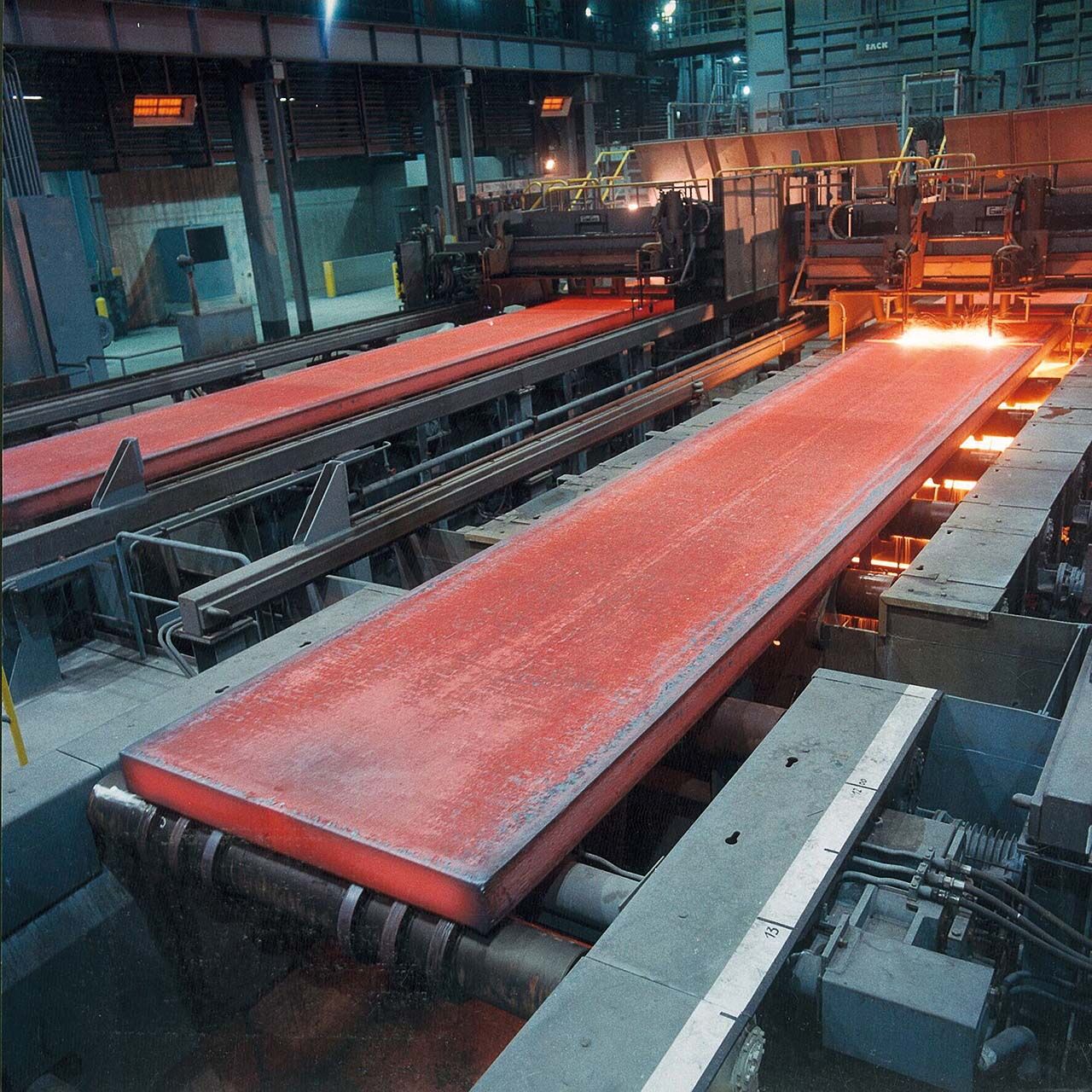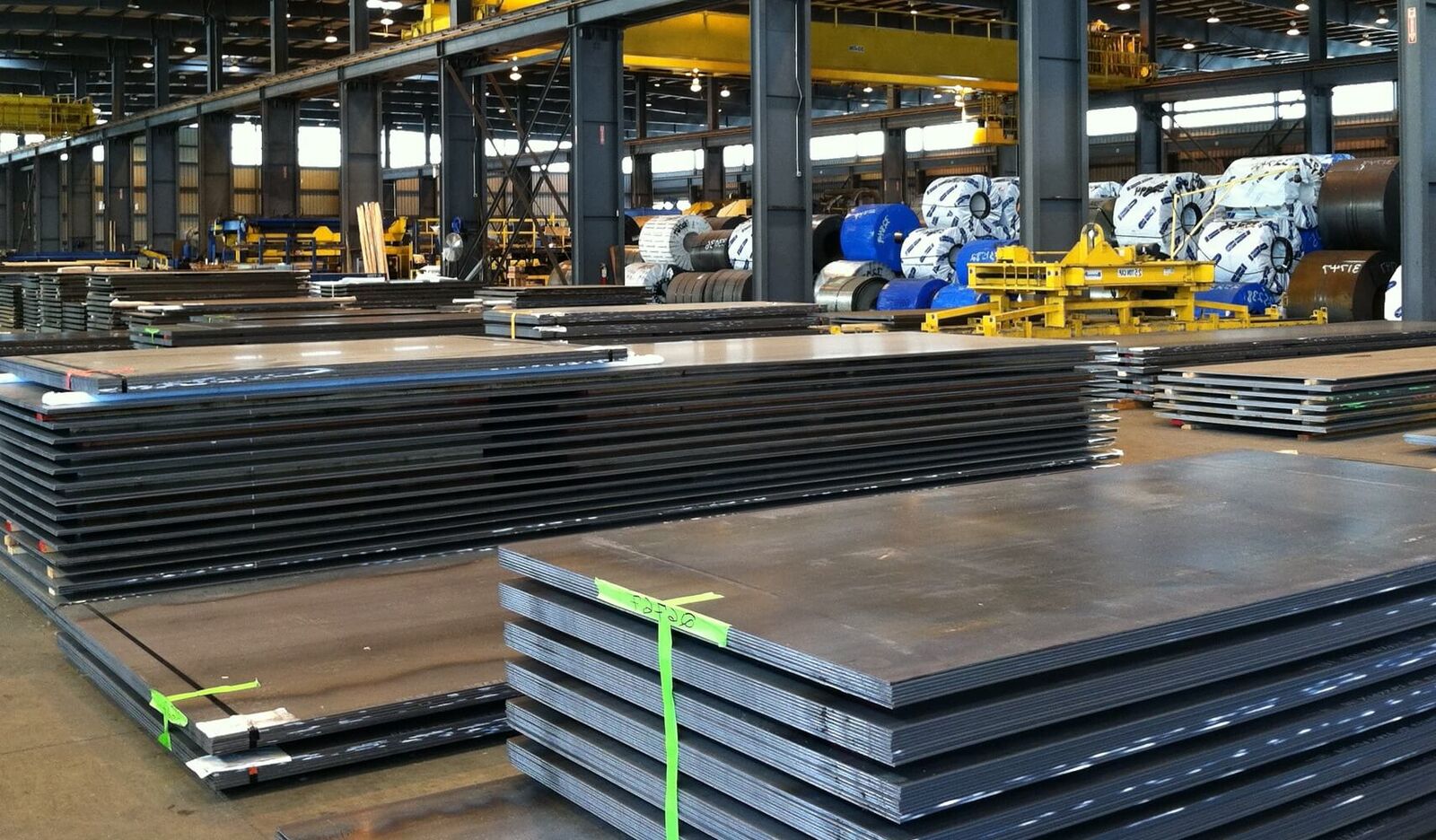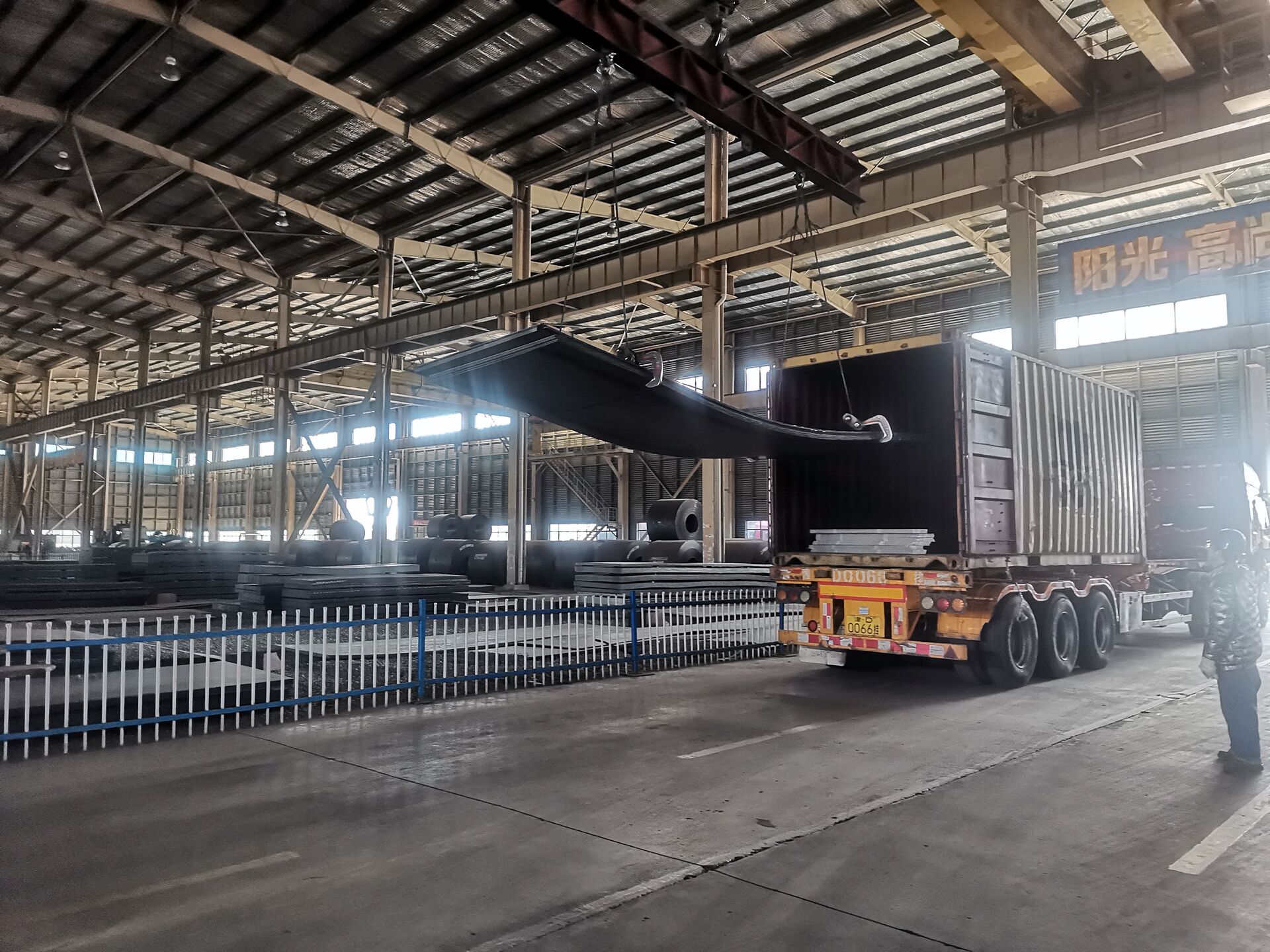PRODUCTS
PRODUCTS
HOT PRODUCTS
If You Need Any Help Contact With Us
Can't find what you're looking for ?
Leave a Message we will call you back quickly!
The company has sufficient inventory and can be picked up at any time.
Product Description
The electrical conductivity and thermal conductivity of red copper are second only to silver, and it is widely used in making electrical and thermal conductive equipment. Copper has good corrosion resistance in the atmosphere, seawater, certain non-oxidizing acids (hydrochloric acid, dilute sulfuric acid), alkali, salt solutions and various organic acids (acetic acid, citric acid) and is used in the chemical industry. In addition, red copper has good weldability and can be made into various semi-finished products and finished products through cold and hot plastic processing. In the 1970s, the output of red copper exceeded the total output of other types of copper alloys.
Red copper is a relatively pure type of copper. It can generally be considered as pure copper. It has good electrical conductivity and plasticity, but poor strength and hardness. Copper has excellent thermal conductivity, ductility and corrosion resistance. Trace impurities in copper have a serious impact on the electrical and thermal conductivity of copper. Among them, titanium, phosphorus, iron, silicon, etc. significantly reduce the electrical conductivity, while cadmium, zinc, etc. have little effect. The solid solubility of sulfur, selenium, tellurium, etc. in copper is very small, and they can form brittle compounds with copper, which have little effect on the conductivity, but can reduce the processing plasticity.
Copper has good corrosion resistance in the atmosphere, seawater, certain non-oxidizing acids (hydrochloric acid, dilute sulfuric acid), alkali, salt solutions and various organic acids (acetic acid, citric acid) and is used in the chemical industry. In addition, red copper has good weldability and can be made into various semi-finished products and finished products through cold and hot plastic processing. In the 1970s, the output of red copper exceeded the total output of other types of copper alloys.
The copper plate has good mechanical properties, good plasticity in the hot state, acceptable plasticity in the cold state, good machinability, easy fiber welding and welding, and corrosion resistance. It is a common variety of red copper that is widely used.
Copper tube is a type of non-ferrous metal tube. Are pressed and drawn seamless tubes. Copper tubes are much more widely used than pure iron and are generally used in the electrical industry
Copper rods are named after their purple-red color. They have good electrical conductivity, thermal conductivity, corrosion resistance and processing properties, and can be welded and brazed. Generally used in chemical industry
Copper wire, that is, linear copper (red copper). Pure copper is rose red, and it turns purple after a copper oxide film is formed on the metal surface. Therefore, industrial pure copper is often called red copper or electrolytic copper. It is generally used to make wires, cables, brushes, etc.; it has good thermal conductivity and is often used to make products that must prevent magnetic interference. Magnetic instruments and meters, with excellent plasticity and easy hot and cold press processing
Product Display




Product Categories
Red copper processing materials can be divided according to their components: ordinary red copper (T1, T2, T3), oxygen-free copper (TU1, TU2 and high-purity, vacuum oxygen-free copper), deoxidized copper (TUP, TUMn), special ones with a small amount of alloying elements added Four categories of copper (arsenic copper, tellurium copper, silver copper). The electrical conductivity and thermal conductivity of red copper are second only to silver. It has excellent thermal conductivity, ductility and corrosion resistance. It is widely used in making electrical and thermal conductive equipment. Red copper has good corrosion resistance in the atmosphere, seawater, certain non-oxidizing acids (hydrochloric acid, dilute sulfuric acid), alkali, salt solutions and various organic acids (acetic acid, citric acid).
Commonly used copper alloys are divided into three categories: brass, bronze, and white copper.
Applications
The uses of red copper are much wider than that of pure iron. Every year, 50% of copper is electrolytically purified into pure copper and used in the electrical industry. It is mainly used to make electrical equipment such as generators, busbars, cables, switchgear, and transformers, as well as heat-conducting equipment such as heat exchangers, pipes, and flat-plate collectors of solar heating devices. The oxygen contained in copper (a small amount of oxygen is easily mixed during copper smelting) has a great influence on the conductivity. Copper used in the electrical industry must generally be oxygen-free copper. Copper is also used in the production of motor short-circuit rings, electromagnetic heating inductors and high-power electronic components, wiring strip terminals and the like. It is also used in doors, windows, handrails and other furniture and decorations.

Product Package


Certificate Display
Factory Show
Message
Related Products
Chat Online
Conact Us For uotation


























